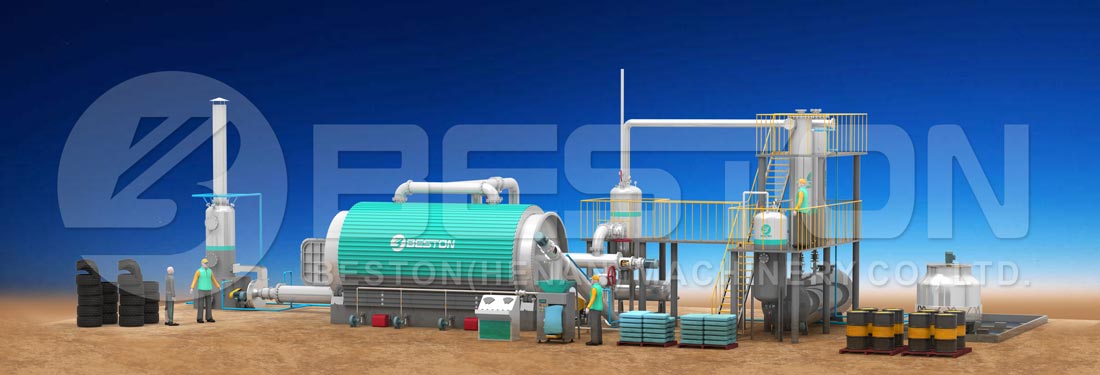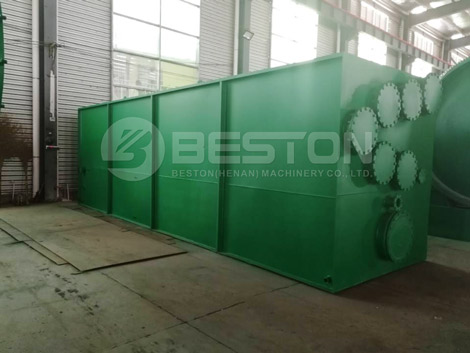The advancement of manufacturing industries from all walks of life has lead to more modern developments then every before. The rubber industry, for instance, has been expanding rapidly over the decades and homes and businesses all of the world are now full of products made from rubber. Unfortunately, while rubber is a very versatile material that has lots of valuable applications, it is not very good for the environment. The material can take decades to degrade when buried at waste disposal sites and if it burned, it releases lots of toxic fumes.
In the past, it was not commercially viable to try to recover useful resources from rubber waste, but all that has changed thanks to the development of no-pollution rubber recycling machinery. Such plants allow waste management businesses to transform all of their incoming rubber waste into valuable end products without releasing any pollution into the atmosphere.

How A Waste Rubber pyrolysis Plant Works
When rubber waste first enters a modern recycling facility, it is automatically cut into small particles using grinding machines. Next, if the moisture content of the rubber particles is high, they are sent through a drying process before being fed into the sealed reaction chamber. Once the raw materials are inside the main reactor, which is heated to extremely high temperatures, they start to vaporize. The reason the rubber waste vaporizes instead of catching fire and producing smoke is that the sealed design of the reactor limited the availability of oxygen. In an oxygen-free environment, materials can not burn. Click here to know more: https://bestonpyrolysisplant.com/.
The vapor from the waste rubber pyrolysis reactor is sent through a complex water-cooled condensing system where it is reliquified into oils of varying viscosities and collected in tanks. Any combustible gas produced during rubber pyrolysis is used to refuel the reactor furnace.

Modern Rubber Recycling Machinery Manufacturers
Beston is one of the leading manufacturers of waste rubber pyrolysis plants. The manufacturer’s pyrolysis recycling machinery has been exported to businesses in many countries, including South Africa, South Korea, Jordan, Brazil, Indonesia, Turkey, the UK, Romania, and Hungary. Batch, semi-continuous and fully continuous rubber pyrolysis plants are available. The type of plant required will depend on the setup of a specific business. Fully continuous pyrolysis reactor, such as the BLL-20, for instance, are great for high volume, round-the-clock operations. Batch tire to oil machines, such as the BLJ-6 and BLJ-10, meanwhile, are best-suited to small to mid-sized tire recycling businesses. The average life span of a Beston pyrolysis reactor is 5-8 years.